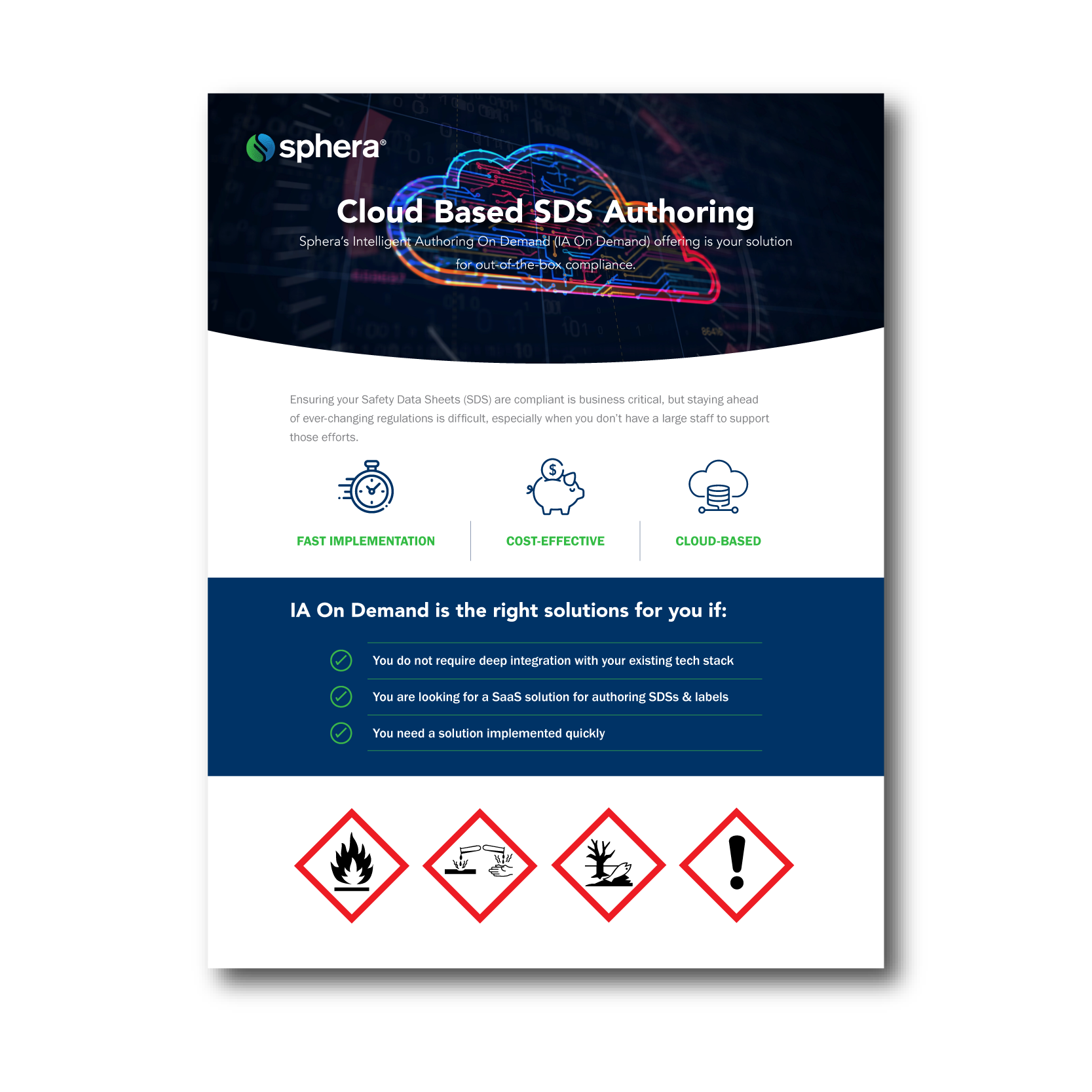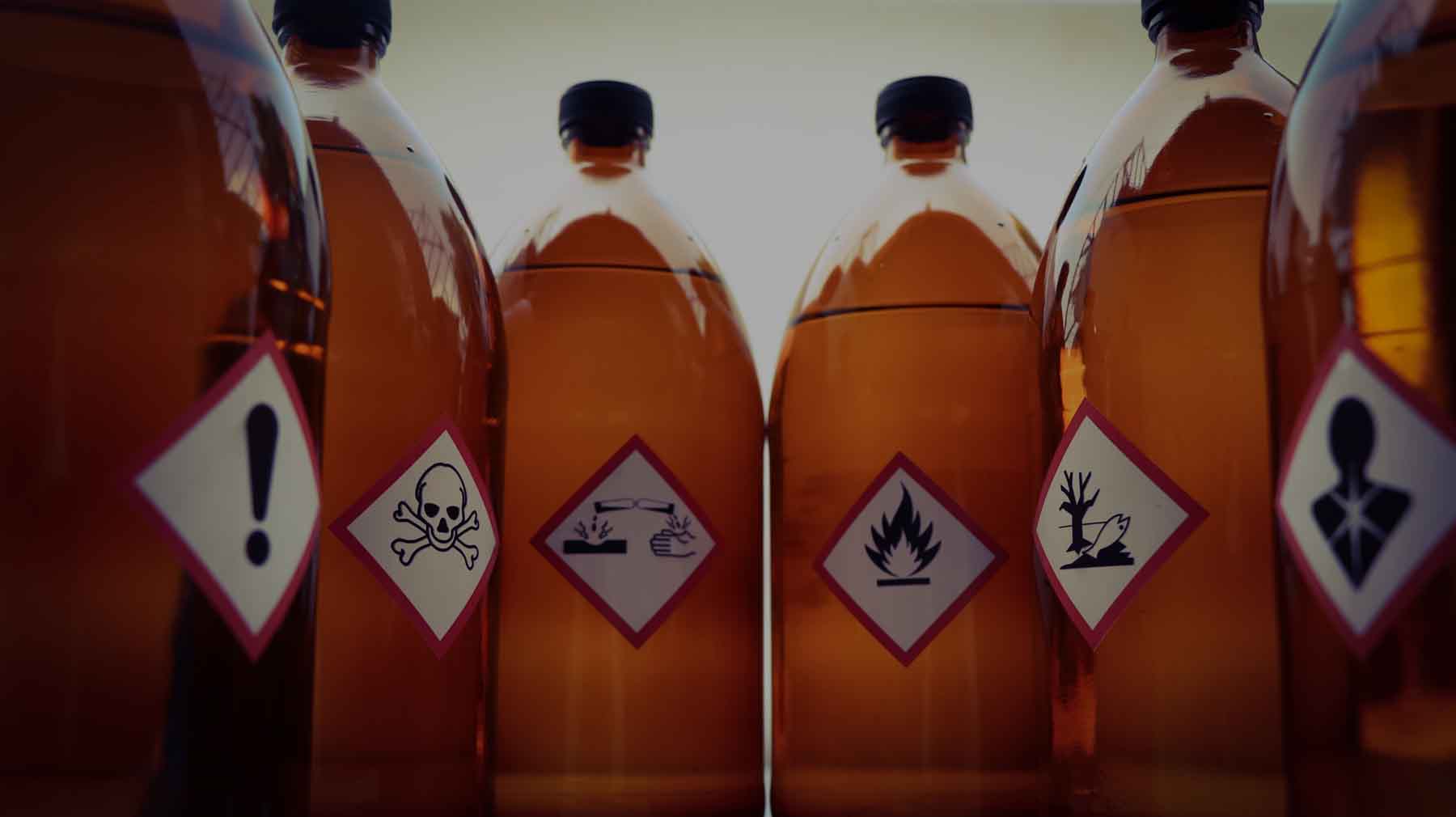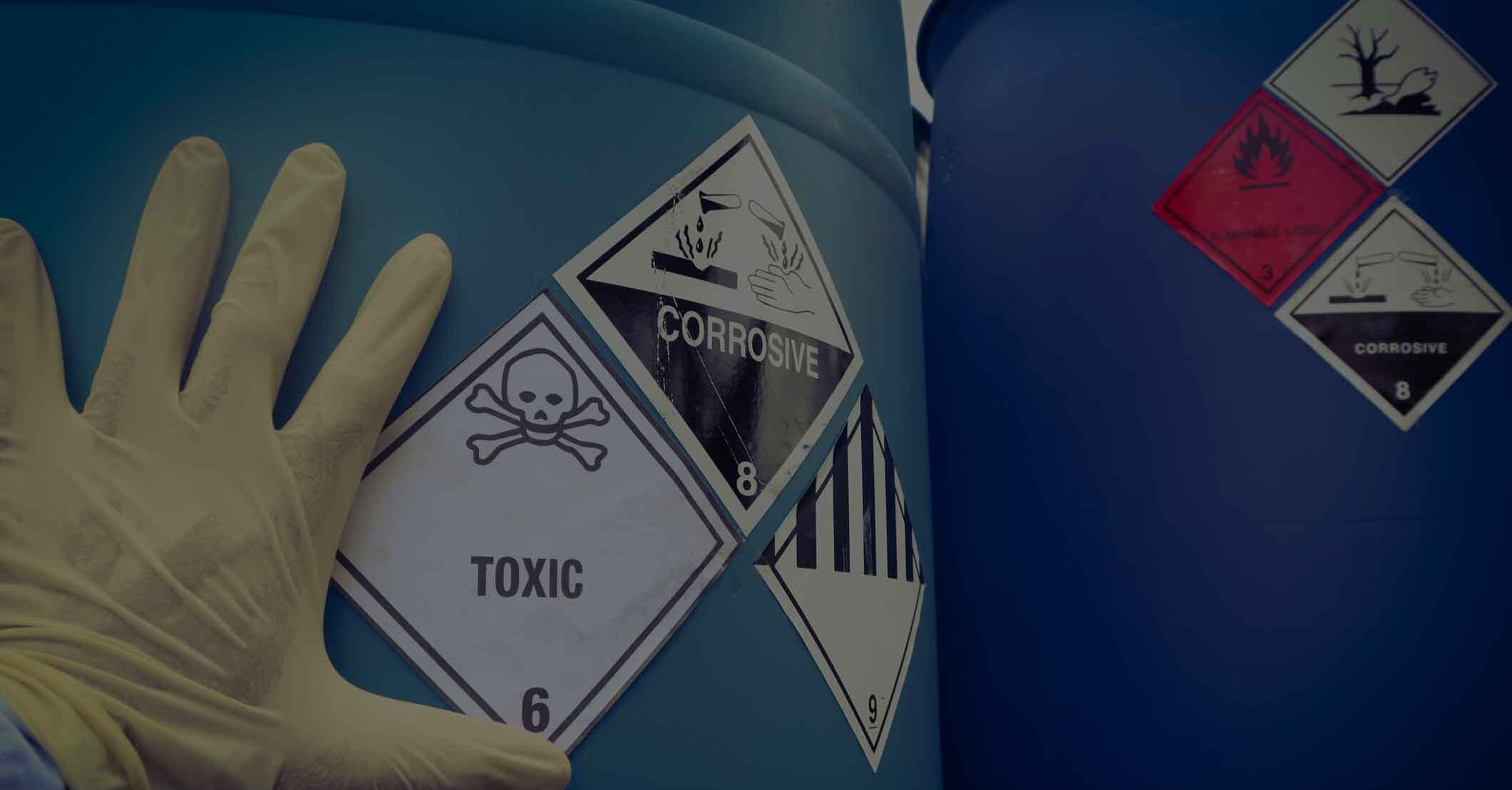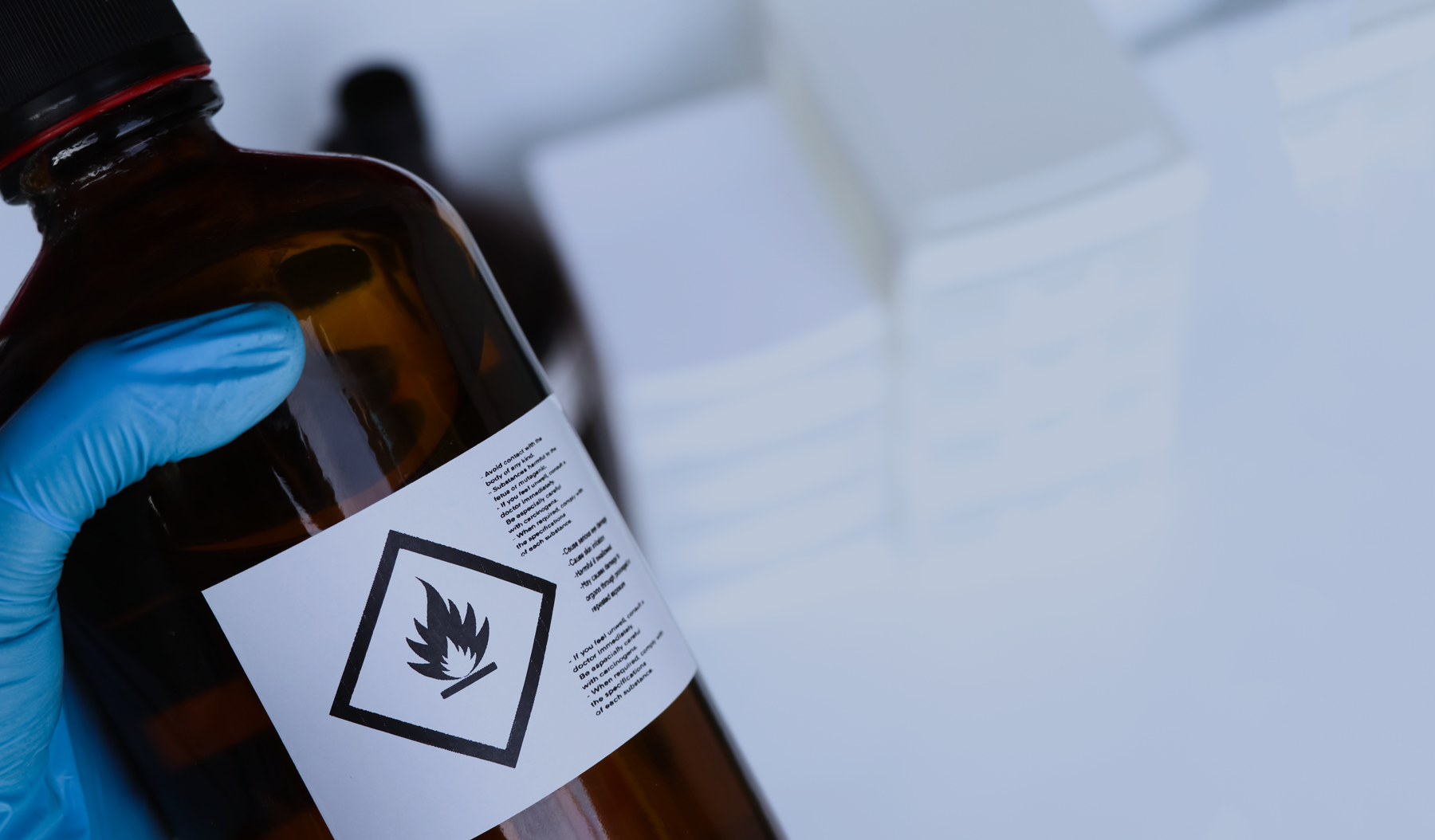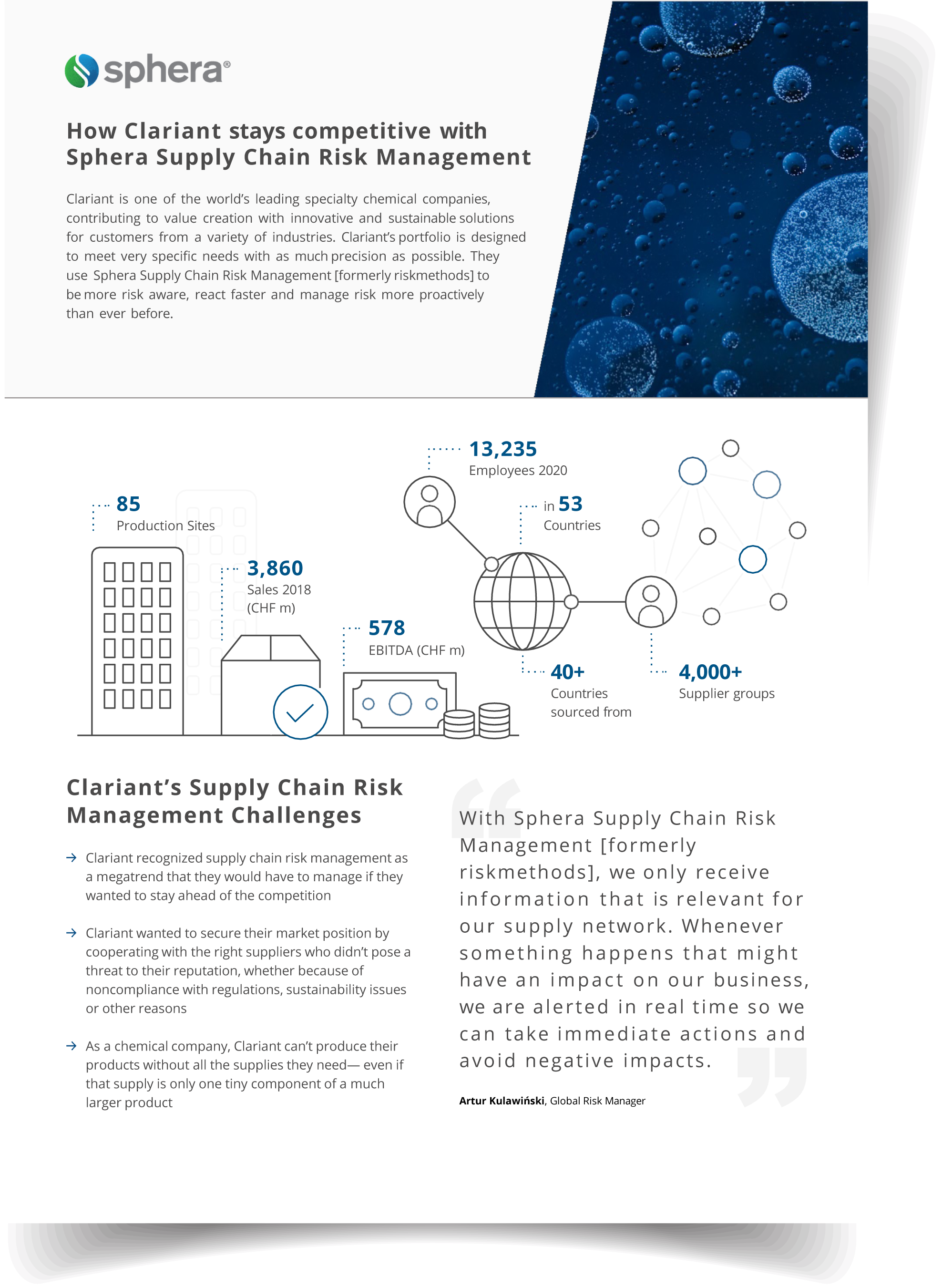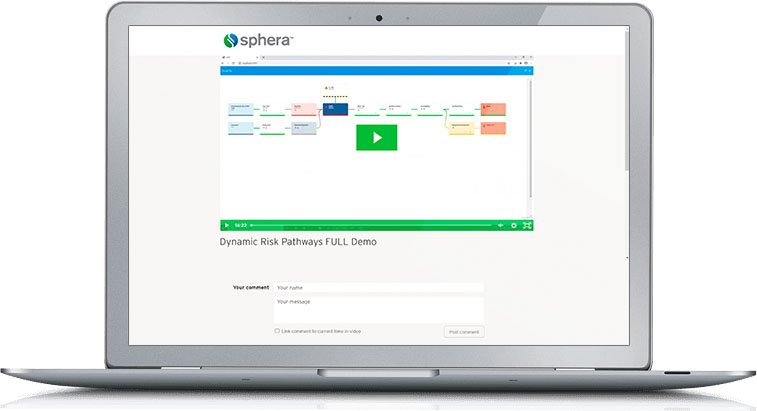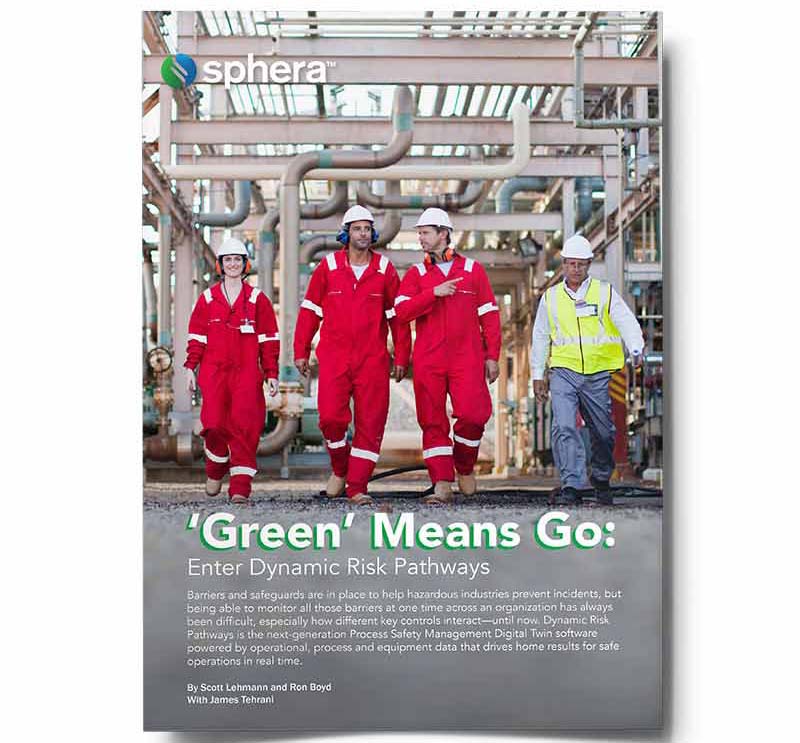UPDATE (July 7, 2023): The new standard, NBR 14725 of the Brazilian Association of Technical Standards ABNT, was officially published on July 3, 2023. The modifications from the previous standards that were highlighted in this article are included in the final version. A two-year phase-in period will end in July 2025.
###
ORIGINAL ARTICLE (May 26, 2023): As chemical manufacturers that sell to countries across the world know, it’s important to stay up to speed on the different requirements for safety data sheets (SDSs). Brazil is expected to approve a new version of its ABNT 14725 standard this year, which will bring its national globally harmonized system (GHS) standard in line with Revision 7 of the U.N. GHS.
Brazil’s ABNT (Associação Brasileira de Normas Técnicas/Brazilian Association of Technical Standards) has closed the public consultation process for input into the review of ABNT 14725 after several iterations of draft versions.
What Is GHS?
GHS is the globally harmonized system of classification and labeling of chemicals. It is a standard published by the United Nations, commonly referred to as the “Purple Book.” Every two years, a new edition of the U.N.’s Purple Book is published.
Countries then decide to adopt the standards verbatim or select certain elements to integrate into their own national legislation or standards for hazard communication. Prior to GHS, countries would implement their own systems of classification of chemicals and other hazards for industry.
Even though there is not perfect and complete harmonization in practice internationally, there are still many consistent elements in various national implementations. This consistency helps facilitate trade and hazard communication.
Thanks to GHS, hazard pictograms on the labels for industrial products are generally standardized and recognizable around the world. Another advantage is that countries that do not have hazardous chemical legislation can choose to adopt a GHS revision without the extremely heavy burden of scientific or legal resources. This allows them to be consistent with international practices for hazardous product regulation.

Brazil’s Adoption of GHS
There are currently four national GHS standards in Brazil which are aligned with U.N. GHS Revision 4:
- ABNT NBR 14725-1:2009 – Definitions
- ABNT NBR 14725-4:2014 – SDS
- ABNT NBR 14725-3:2017 – Labeling
- ABNT NBR 14725-2:2019 – Classification
The new version anticipated to be approved this year—ABNT NBR 14725: Chemicals – Information about Safety, Health and Environment – General Aspects of the Globally Harmonized System (GHS), Classification, SDS and Labeling of Chemicals—will consolidate the four existing standards into one standard aligned with Revision 7 of the U.N.’s Purple Book.
Once the new standard is approved, Brazil will join the “GHS 7 club,” which includes other countries such as Australia, Singapore and New Zealand. Other countries in Latin America that have adopted U.N. GHS include Mexico, Chile and Argentina.
In reviewing the latest draft of ABNT that was made available, it appears most of the expected changes seen when a country moves to adopt U.N. GHS Revision 7 will be included in the updated Brazilian standard. However, a few elements that seem to be specific to Brazil were mentioned.
Modifications Specific to Brazil
Change of Terminology for SDS
Like the change made from “MSDS” to “SDS” in English when the U.S. Occupational Safety and Health Administration (OSHA) first adopted GHS a few years ago, Brazil plans to change the name and acronym of “safety data sheet” in Portuguese, its national language.
The name will change from FISPQ (Ficha de Segurança de Produtos Químicos) to FDS (Ficha com Dados de Segurança). This will bring it in line with the naming convention used in other languages. Other examples of this international naming convention include the Spanish FDS (Ficha de Datos de Seguridad) and the French FDS (Fiche de Données De Sécurité).
QR Codes
A new trend in regulations is the inclusion of provisions for improving the accessibility of hazard communication information. This is achieved by including QR codes linked to the SDS on the chemical label. In Brazil’s draft standard, it is mentioned that suppliers have the option to include QR codes linked to the latest version SDS on the label. But it remains to be seen whether QR codes on labels will remain optional in the final approved version of the standard.
General Revision 7 Adoption Modifications
The changes in the Brazilian draft standard include what is generally seen when a country is adopting U.N. GHS Revision 7. These changes include:
Flammable Gases Subcategories
In the current ABNT standard, Brazil has subcategories 1 and 2 for the classification of flammable gases.
In the new ABNT standard, it is planned to modify the subcategories for this hazard class to include:
- Category 1A subdivided into:
-
- Flammable gas
- Pyrophoric gas
- Chemically unstable gas A
- Chemically unstable gas B
- Category 1B
- Category 2
Desensitized Explosives
Brazil plans to include the physical hazard class titled “desensitized explosives” in its new standard. It was introduced in U.N. GHS Revision 7.
Desensitized explosives are defined as “solid or liquid explosive substances or mixtures which are phlegmatized to suppress their explosive properties in such a manner that they do not mass explode and do not burn too rapidly and therefore may be exempted from the hazard class ‘Explosives’” (U.N. GHS Revision 7, Chapter 2.7).
According to the latest draft, Brazil intends to adopt the entire desensitized explosives building block from the U.N. GHS into their national standard, including all hazard categories 1, 2, 3 and 4.
Physical and Chemical Property Data on the SDS
A significant modification to the data required in section 9 of the SDS was introduced in U.N. GHS Revision 6 and included in U.N. GHS Revision 7.
For some properties, there are requirements to disclose physical property data on the ingredients in a mixture. There are also new requirements for particle characteristics where applicable. These requirements include characteristics such as particle size (median and range).
The changes result from Brazil’s planned adoption of the table “A4.3.9.1: Basic physical and chemical properties” from the U.N. Purple Book. The Brazilian draft standard also indicates that the requirements from the table “Table A4.3.9.2: Data relevant with regard to physical hazard classes (supplemental)” of the U.N. standard revision 7 are complimentary (non-mandatory).
The European Union is another jurisdiction that integrated these tables from the U.N. Purple Book for Physical and Chemical Property Data in section 9 of the SDS in the most recent major revision of its SDS regulation.
What to Do Once the Regulation Is Finalized
Note that the information in this article was written based on the latest draft of Brazil’s Association of Technical Standards ABNT NBR 14725. The final approved version, when available, should be consulted for any last-minute modifications.
Once the final approved version of the standard is published, you should thoroughly review it to make sure you understand the impact of the new version on your business practices and products. It is anticipated that there will be a two-year phase-in period.
During this period, you should perform an audit of your software solution to ensure that all new regulatory requirements have been applied. You should also decide what the best method is for updating affected products. This will help ensure that they are re-classified and new SDSs/labels with the correct hazards are published within the deadline.
If you are still creating SDSs and labels manually, then you will need to understand the regulatory requirements, analyze your product lines in detail and re-classify any impacted products before the deadline. Lastly, you should make sure that training on the new version has been completed within your company.
